Running a horse business takes a ton of energy. Between lessons, horse care, scheduling, and client communication, your website probably isn’t at the top of your priority list. For many equestrian professionals, it’s something that gets DIY’d late at night or pieced together from a template.
Running a horse business takes a ton of energy. Between lessons, horse care, scheduling, and client communication, your website probably isn’t at the top of your priority list. For many equestrian professionals, it’s something that gets DIY’d late at night or pieced together from a template.
And here’s the problem: while a “good enough” site might work for a while, it can also silently hold your business back. A confusing website doesn’t just look unprofessional. It actively costs you new clients.
We’ve worked with dozens of equestrian entrepreneurs who felt stuck. They told us: “We know we should be getting more lesson sign-ups, but nothing’s happening through our site.” Once we fixed a few simple issues, they started seeing real growth.
If you want your website to bring in riders, clients, or customers while you’re in the barn, keep reading. Here are 7 common mistakes we see on horse business websites and the practical fixes you can make today.
1. No Clear Call to Action
The mistake: Visitors land on your homepage, scroll for a few seconds, and leave. There’s no clear path forward. No “Book a Lesson” button. No easy way to get in touch.
Why it matters: People spend an average of just a few seconds deciding whether to stay on your site. If you don’t tell them what to do, they’ll click away.
The fix: Choose one primary call to action and repeat it across your site. If your goal is to book new students, use a button that says “Book a Discovery Call” or “Start Your Riding Lessons.” Place it in your header, inside your homepage sections, and at the bottom of each page. Make it impossible to miss.
2. Using Blurry or Random Images
The mistake: Stock photos of random horses that don’t look like your barn. Dark, blurry snapshots from your phone.
Why it matters: Your photos are often the first impression someone gets of your business. If they don’t feel authentic, visitors may not trust the rest of your site.
The fix: Hire a photographer for even one session, or spend an afternoon with good lighting capturing your facility, students, and horses. Aim for 8–10 strong photos you can reuse across your site and social media. People want to see the environment they’ll be walking into.
Pro tip: Avoid cluttered backgrounds. A clean arena, well-groomed horse, or smiling student will always tell a better story than a busy barn aisle.
3. Hard-to-Read Text
The mistake: Fonts that look “fancy” but are difficult to read. Tiny text that forces people to zoom in. Color choices that make words blend into the background.
Why it matters: If your site isn’t readable, people won’t bother. Simple design choices can make your brand look polished instantly.
The fix: Stick with one clean font for body text. Use strong contrast — like black text on a white or light background. Break long sections into short paragraphs. And test everything on your phone: if you can’t skim easily in a few seconds, neither can your visitors.
4. Hiding Your Prices
The mistake: “Contact us for pricing.”
Why it matters: While it feels like you’re protecting your value, hiding pricing usually frustrates potential clients. Many will leave your site and never return.
The fix: You don’t have to publish every detail, but offer at least a starting point. Example: “Lesson packages start at $65 per ride.” This helps people self-select before they reach out. The ones who call are already comfortable with your range, saving you time and energy.
5. Forgetting Mobile Users
The mistake: Your website looks fine on desktop, but turns into a mess on mobile. Buttons overlap, text is cut off, and photos don’t load correctly.
Why it matters: More than half of all website traffic now comes from mobile. If your site isn’t mobile-friendly, you’re instantly losing leads.
The fix: Check your site on your own phone. Try clicking every button, scrolling every page, and filling out every form. If anything feels clunky, fix it. Many website platforms offer responsive templates that adjust automatically — but you need to test them.
6. Talking About Yourself Instead of Your Client
The mistake: A homepage filled with “I” and “we” statements. “We’ve been teaching since 2002.” “We offer a wide variety of services.”
Why it matters: Potential clients are asking one thing: “How will this help me?” If your site doesn’t answer that, they’ll move on.
The fix: Shift your language. Instead of “We’ve been teaching lessons since 2002,” write “Helping riders gain confidence in the saddle for over 20 years.” Small changes like this make your site more client-focused and persuasive.
7. Ignoring SEO Basics
The mistake: Creative but unsearchable page names like “Our Herd” or “Barn Buzz.”
Why it matters: Google can’t connect “Barn Buzz” with horseback riding lessons. Which means fewer people will find you in search results.
The fix: Use clear, keyword-rich titles. For example: “Horseback Riding Lessons in Austin” or “Equestrian Photographer in Atlanta.” These phrases match what your ideal clients are typing into Google. Pair this with simple on-page SEO practices: add alt text to your photos, use headers to structure your content, and include your city or region in key places.
Quick Action Plan
Ready to make changes? Here are three steps you can take today:
- Add a clear button on your homepage that leads to your main CTA.
- Swap out at least one blurry photo for something authentic.
- Review your site on your phone and fix anything that feels awkward.
These small improvements will already set you apart from most trainers in your area.
Final Thoughts
Your website is one of the most important tools in your business. It doesn’t need to be complicated, but it does need to be clear, authentic, and easy to use. By avoiding these common mistakes, you’ll transform your site from a digital brochure into a client-booking machine.
If you’re tired of wrestling with a DIY site and want a website that actually brings in riders while you’re in the saddle, let’s talk.
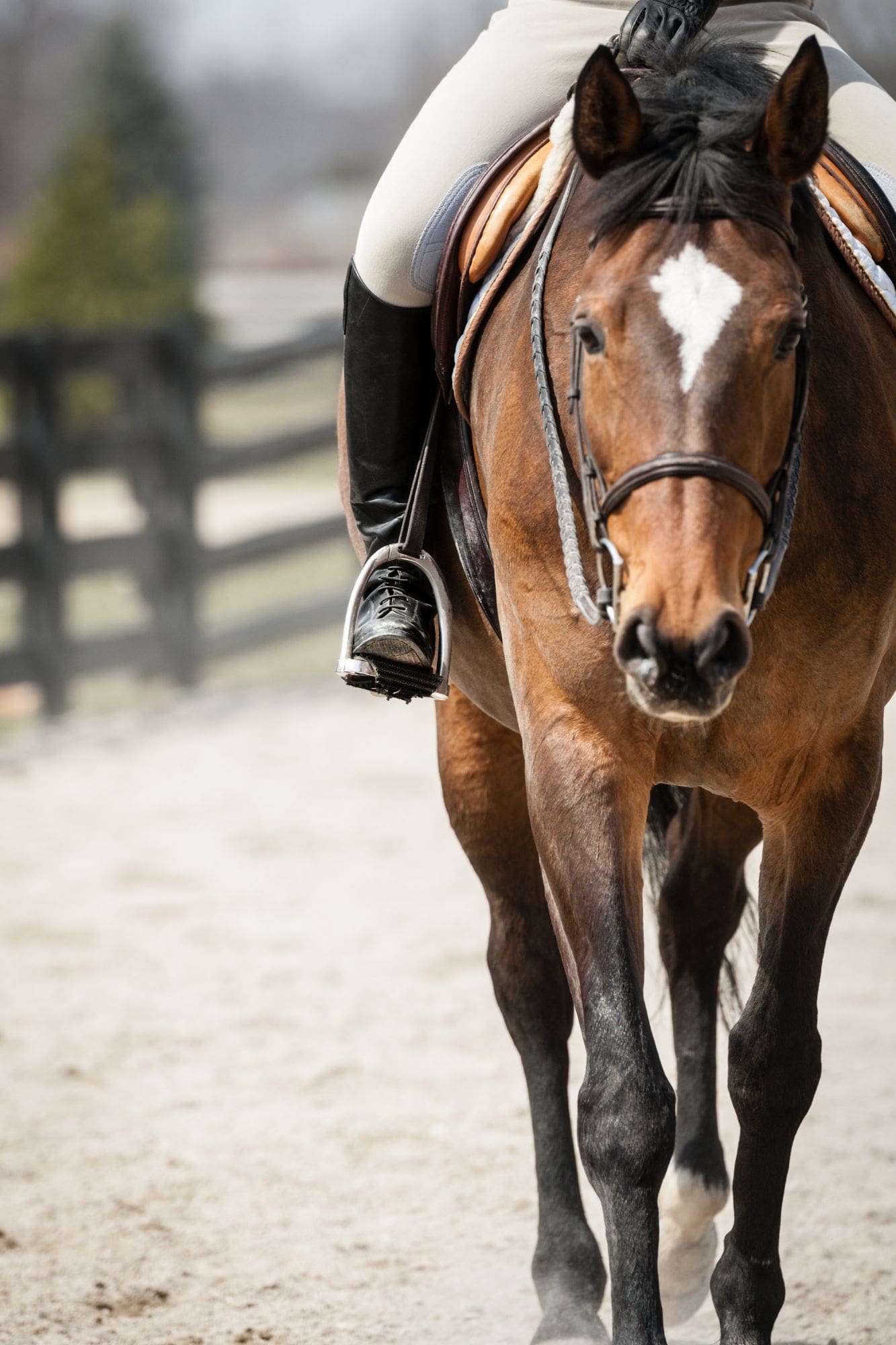
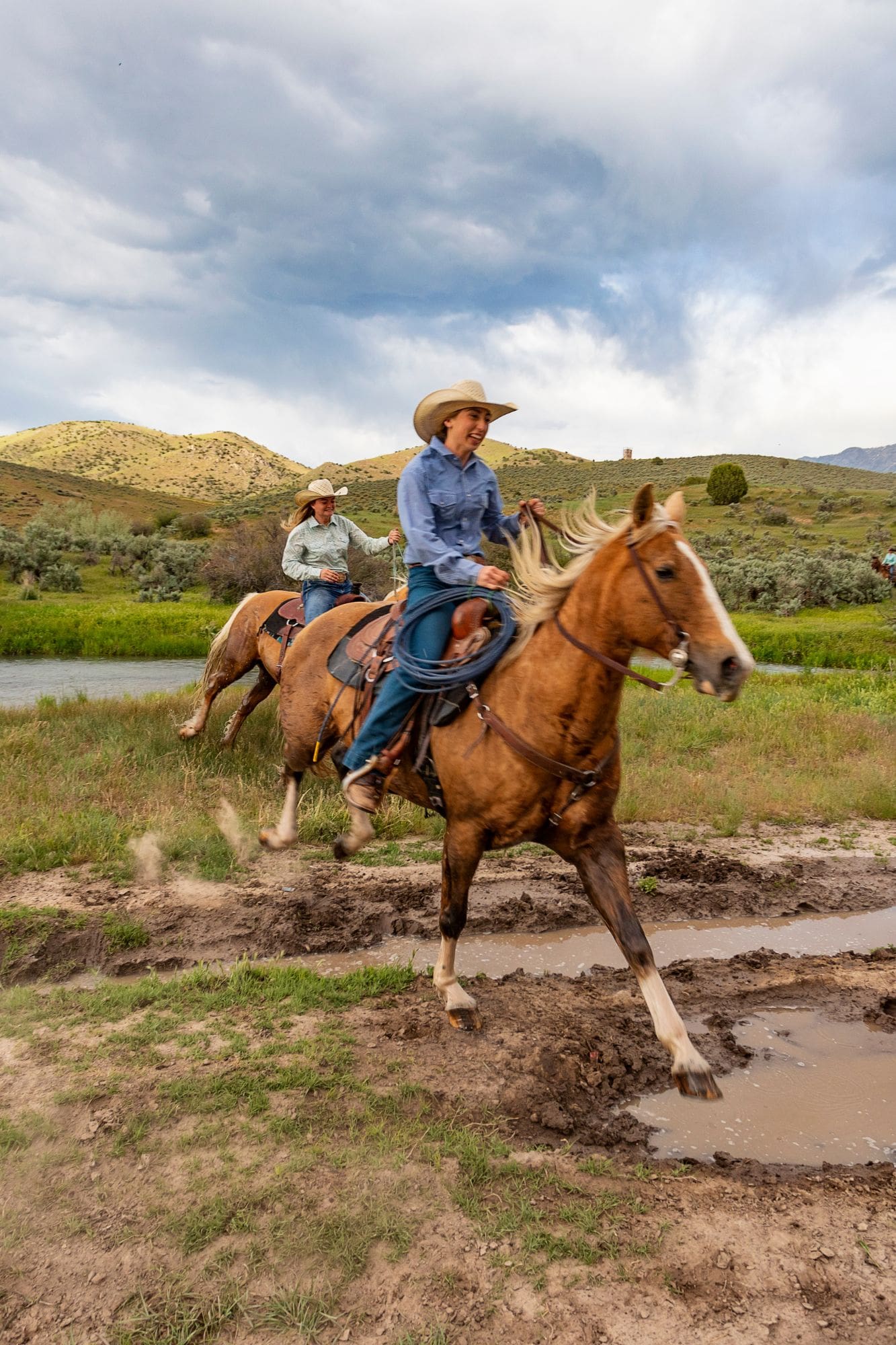
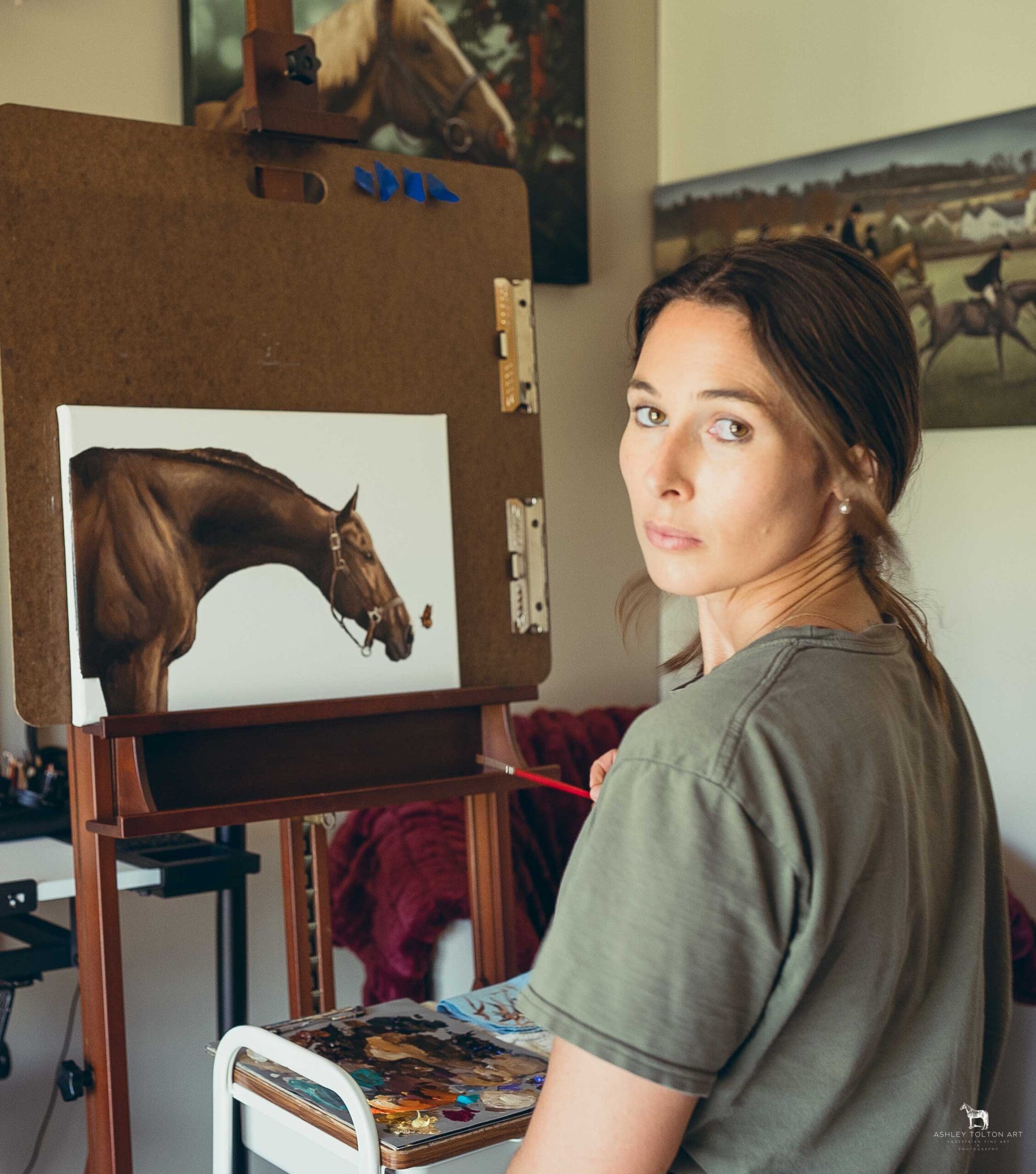
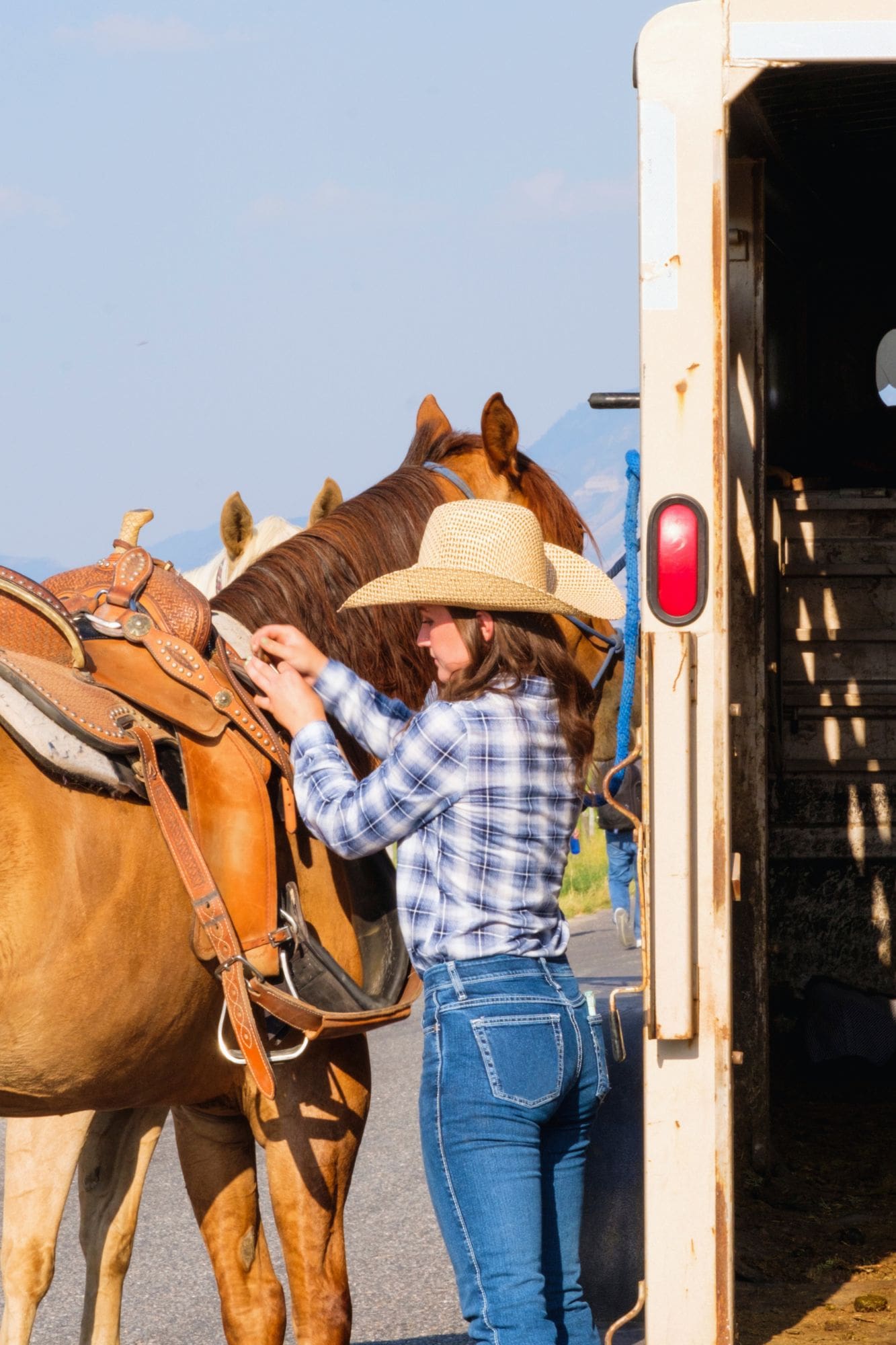
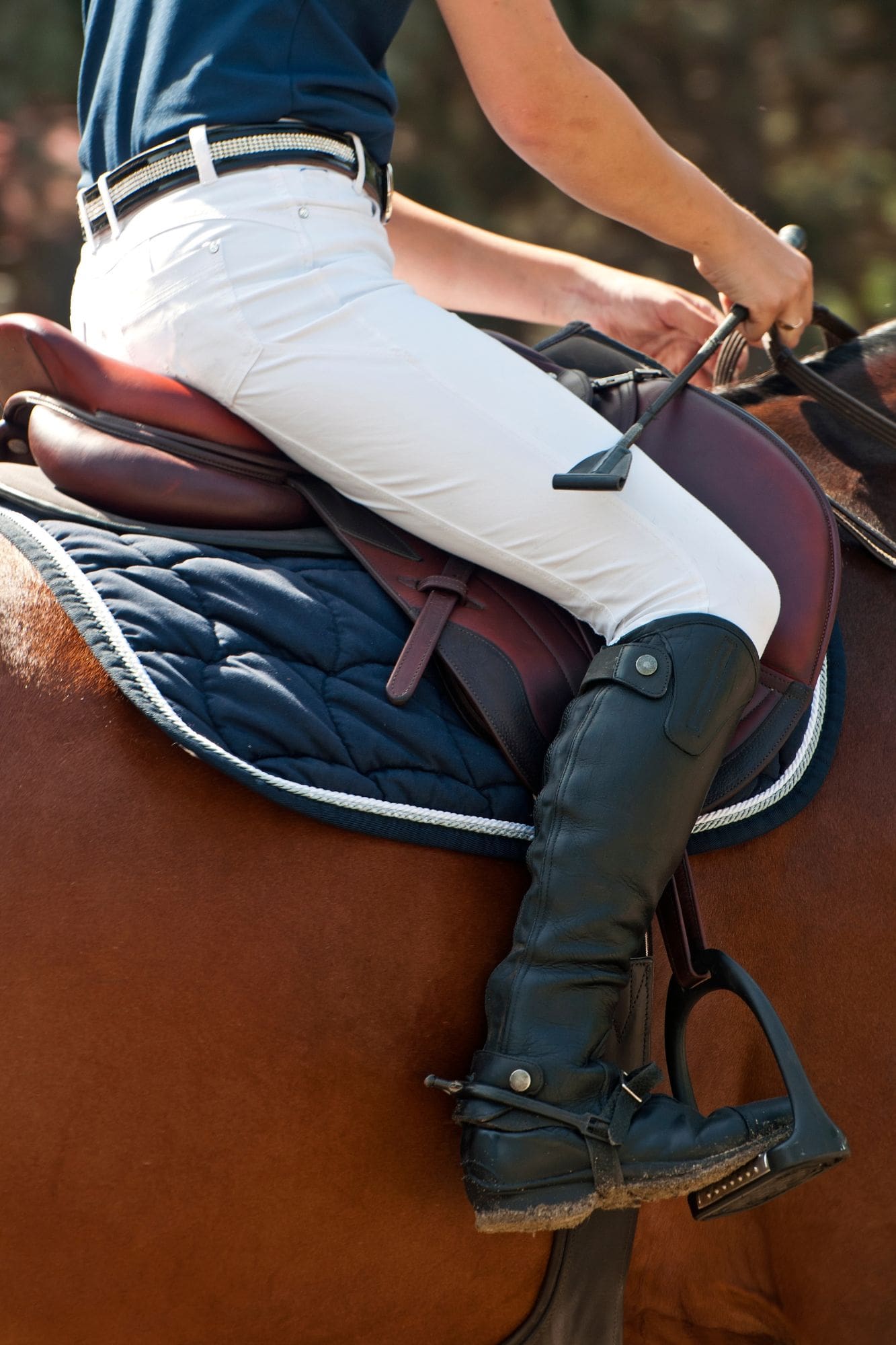
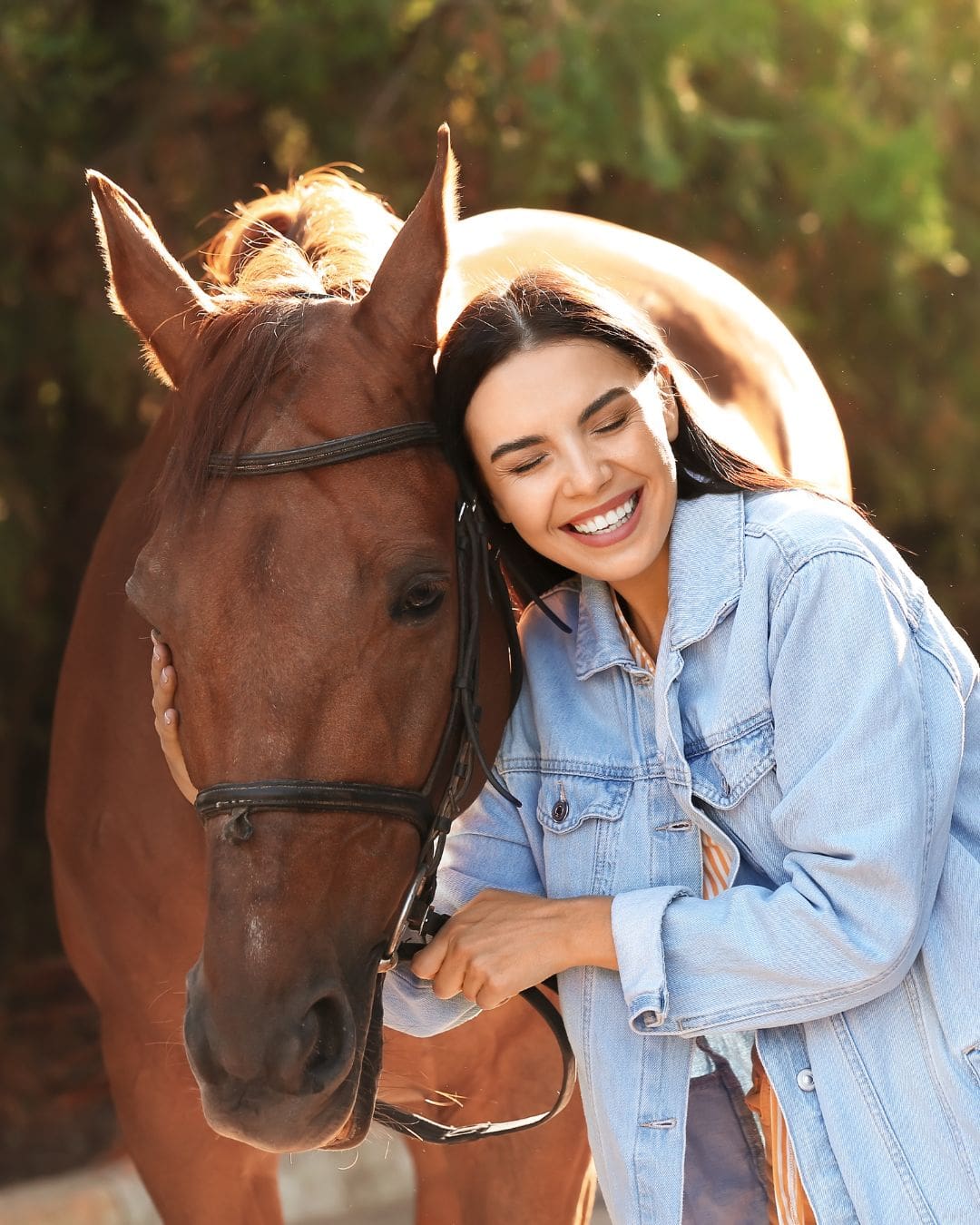
Comments +